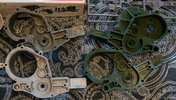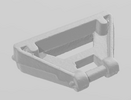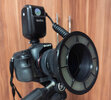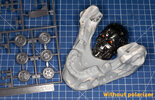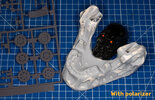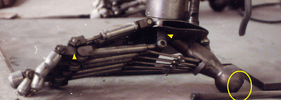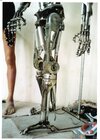Too Much Garlic
Master Member
Yeah, 8 mio points is agreeable, I don't think you should go lower. It's a lot less than my scanners set limit to 8 mio triangles. You may lose what the blue laser brings to the table by reducing it too much.
EDIT: do you mean points or triangles?
EDIT: do you mean points or triangles?

